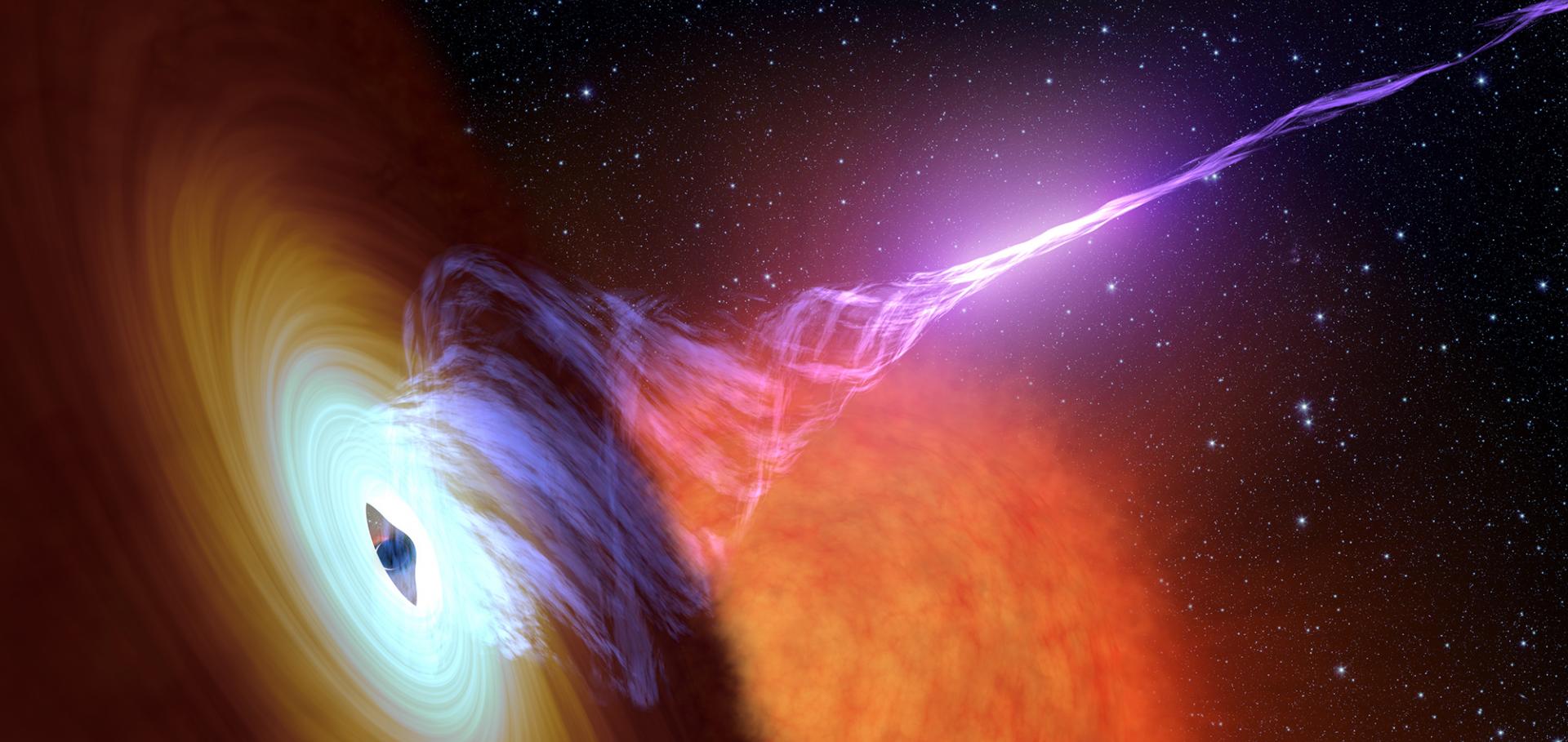21 new long-term variables in the GX 339−4 field: two years of MeerKAT monitoring
Monthly Notices of the Royal Astronomical Society Oxford University Press (OUP) 512:4 (2022) 5037-5066
Jet-Cocoon Geometry in the Optically Dark, Very High Energy Gamma-ray Burst 201216C
(2022)
Serendipitous discovery of radio flaring behaviour from a nearby M dwarf with MeerKAT
(2022)
Long term radio monitoring of the neutron star X-ray binary Swift J1858.6-0814
(2022)
Search and identification of transient and variable radio sources using MeerKAT observations: a case study on the MAXI J1820+070 field
(2022)


